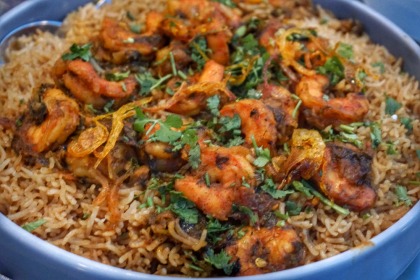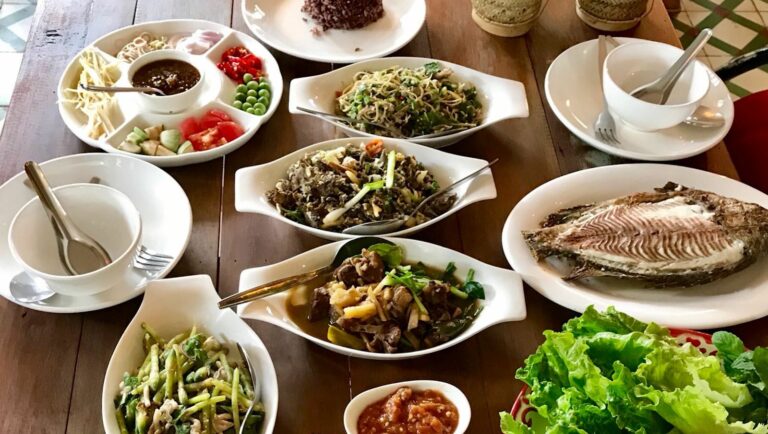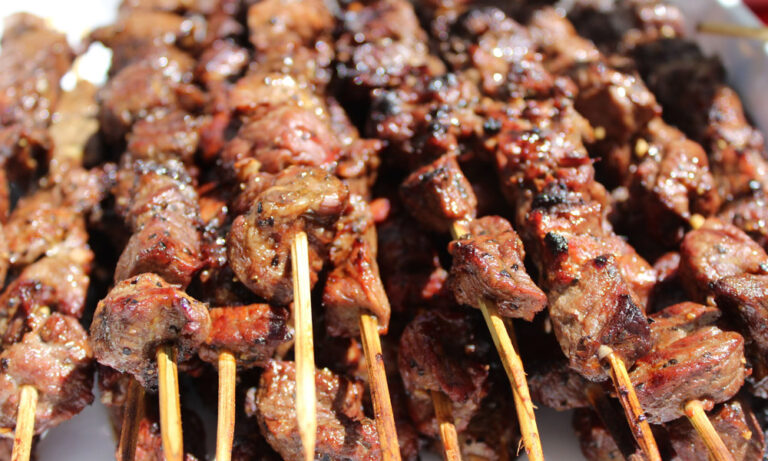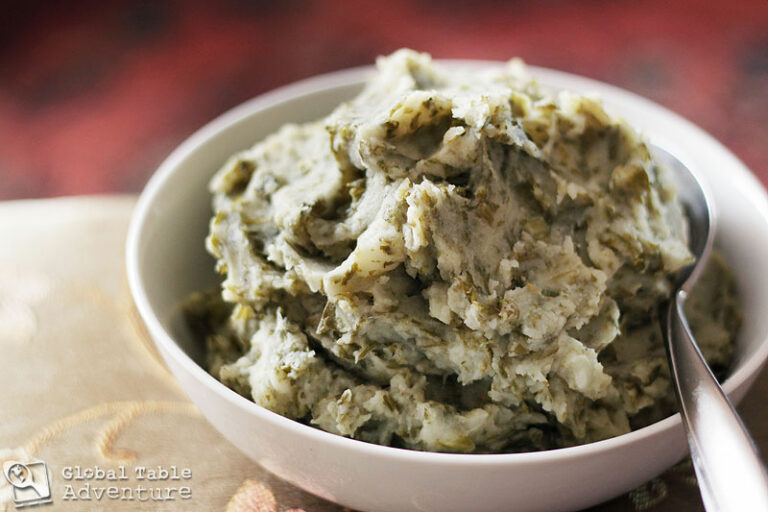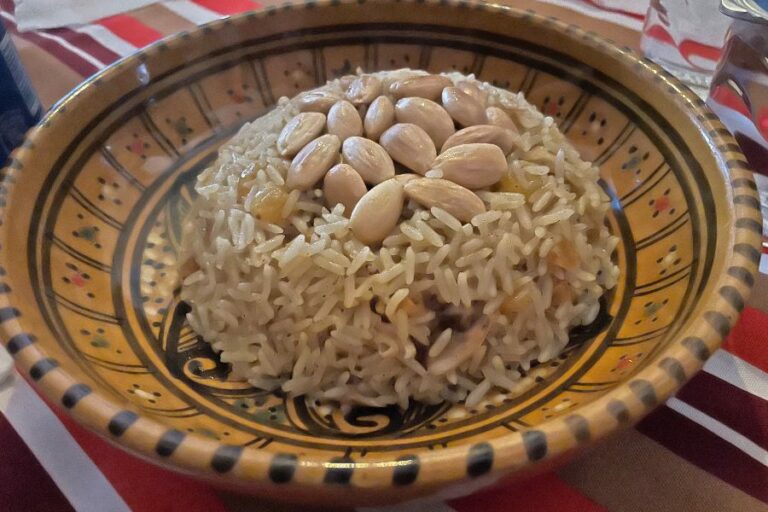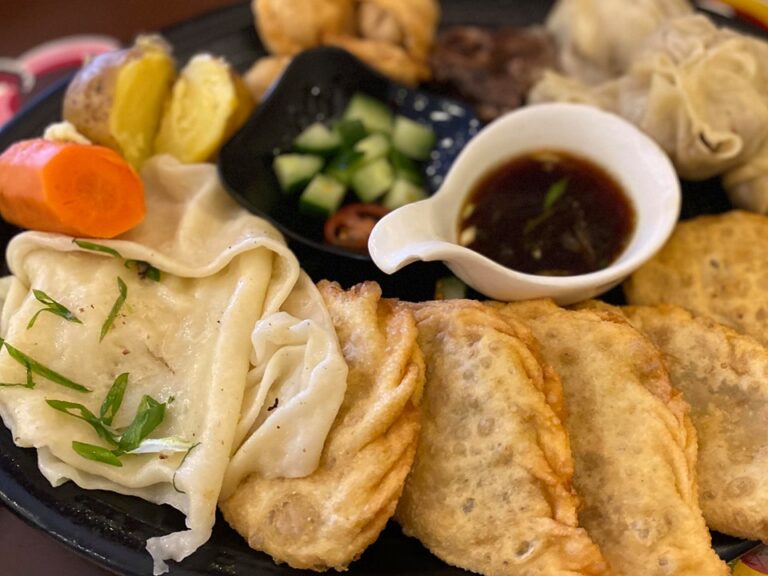Introduction: Dining Culture in Kuwait
Dining culture in Kuwait can be traced back to ancient Bedouin customs. Today, it is a fusion of Arab, Indian, Persian, and Mediterranean influences. Kuwaiti cuisine is known for its rich flavors, fragrant spices, and generous portions.
Kuwaiti dining culture is not only about food; it is also a social experience that reflects the country’s hospitality and generosity. Dining is seen as a way to bring people together and strengthen social bonds.
Focus on Hospitality: A Pillar of Kuwaiti Culture
Hospitality is a central value in Kuwaiti culture and is evident in the dining experience. Kuwaitis are known for their warm and welcoming nature towards guests. When it comes to dining, they go above and beyond to make their guests feel comfortable and satisfied.
From serving an abundance of food to offering a range of beverages, Kuwaiti hosts ensure that their guests are well looked after. It is not uncommon for hosts to insist on their guests eating more or packing leftover food to take home.
Generous Portions: A Symbol of Kuwaiti Generosity
Kuwaiti cuisine is characterized by its generous portions. This is not only a reflection of Kuwaiti hospitality but also a symbol of Kuwaiti generosity. It is not uncommon for dishes to be served in large communal platters, allowing diners to share and enjoy together.
In Kuwaiti dining culture, it is considered impolite to leave the table hungry. Hosts will often serve their guests multiple courses and encourage them to eat as much as possible. This generosity is also reflected in the use of expensive and high-quality ingredients, such as saffron, cardamom, and rosewater.
Traditions and Customs in Kuwaiti Dining
Kuwaiti dining is steeped in tradition and customs. It is customary for guests to remove their shoes when entering a Kuwaiti home, as a sign of respect. Meals are often served on a floor-level table, known as a ‘sufra’, which is covered with a large cloth.
Kuwaiti dining customs also include the use of the right hand to eat, as the left hand is considered unclean. It is also customary to compliment the host and express gratitude for the meal.
The Role of Family and Community in Kuwaiti Dining
Family and community play a vital role in Kuwaiti dining culture. Meals are often a family affair, with several generations gathering together to share food and conversation. Community dining, where neighbors and friends gather for a meal, is also common in Kuwait.
Kuwaiti dining is seen as an opportunity to connect with loved ones and build strong relationships. It is a way to show hospitality, generosity, and respect towards others.
Conclusion: Kuwaiti Dining Culture, A Unique Experience
In conclusion, Kuwaiti dining culture is a unique experience that reflects the country’s rich history, hospitality, and generosity. It is a social experience that brings people together, strengthens bonds, and promotes a sense of community.
From the generous portions to the warm hospitality, Kuwaiti dining is a testament to the country’s vibrant and diverse culture. So, next time you find yourself in Kuwait, be sure to immerse yourself in the local dining scene and enjoy the flavors and traditions of this fascinating country.

